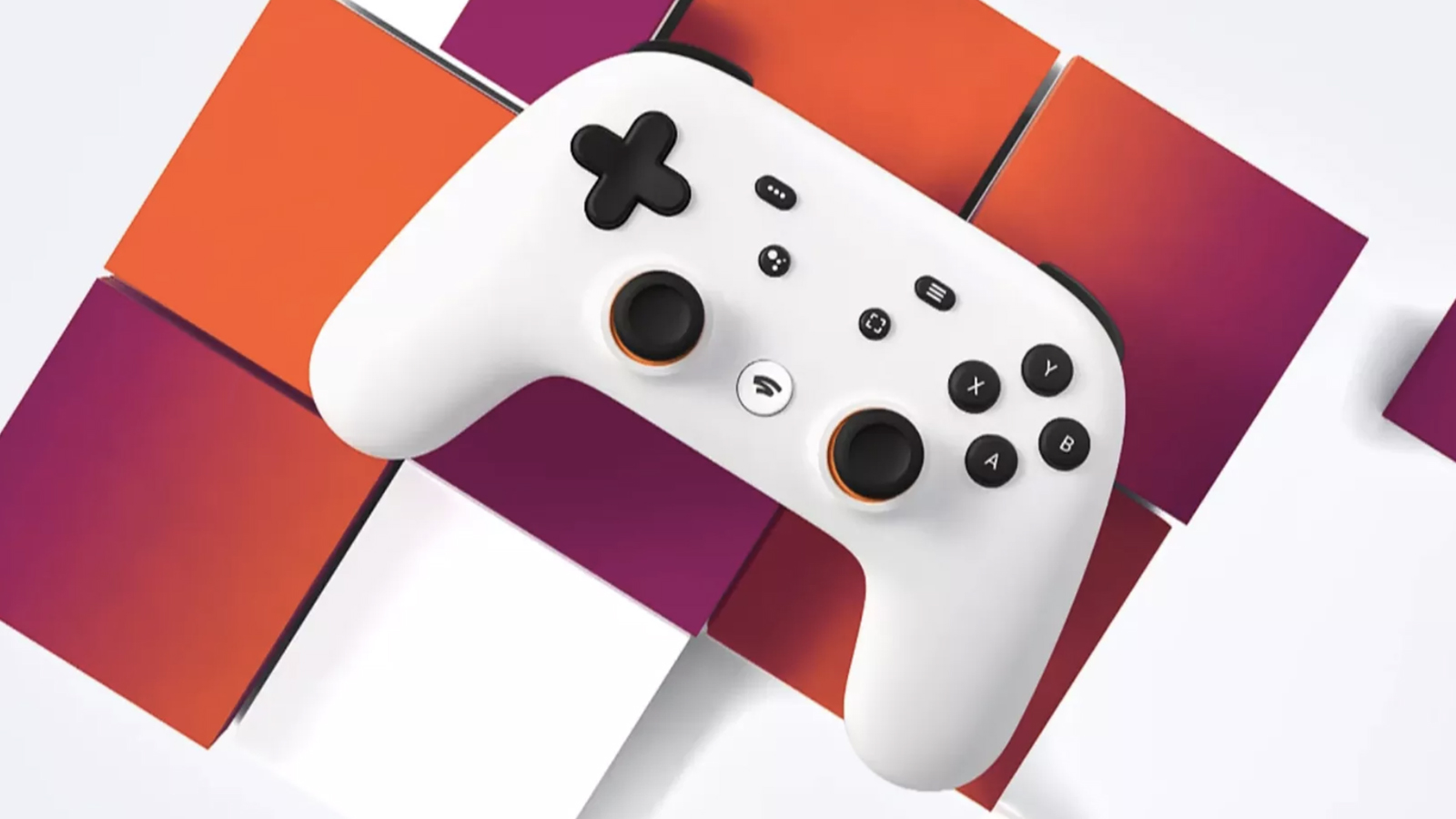At the beginning of the year, Google Stadia began to have big problems after the closure of internal development studios and the departure of Jade Raymond. Despite this, the company assures that the platform feels great and continues to develop. Among the arguments are regular replenishment of the library of games and cooperation with indie studios. However, Google still doesn’t say anything about the size of the service’s audience.About the current state of Stadia in an interview with GamesIndustry.
biz was told by the head of the marketing department of the platform, Nate Ahearn. According to him, more than 100 new games will be released on Stadia this year. Recently, Resident Evil Village appeared in the service, and Resident Evil 7 and Star Wars: Jedi Fallen Order became available to owners of a Pro subscription.
However, the main issue is precisely the closure of the development studios and the departure of Jade Raymond, whose new company was joined by six more employees. Ahren noted that he is happy for his former colleagues, and the remaining SG&E members are being helped to find new roles in the company. He also announced that Dov Zimring, a Google veteran and one of the founders of Stadia, has become the new product director.
As another argument in defense of the platform, Ahern mentioned the Stadia Makers program, which helps independent developers publish their titles. At the same time, he stressed that Google only wants to help indie teams with the launch of games, and the need for exclusives after the closure of internal studios will not affect the support of independent developers.
This is in conversation with GamesIndustry.biz was confirmed by employees of two studios participating in the program, Soedesco and Akupara Games. According to them, Google does not put additional pressure on them and does not force them to release games only in Stadia.
Also, one of the key issues regarding the cloud platform remains the size of its audience. Google is in no hurry to publish at least an approximate number of subscribers. According to Akupara Games senior producer Alyssa Kollgaard, Stadia users are “hungry for new titles”, and therefore are engaged and active players.
Soedesco also supports Google and says that the company occupies a certain niche in the market and helps, among other things, mobile device users to play large projects. However, these statements do not say anything about the size of the audience and the popularity of Stadia compared to competitors.
Ahern assures that more and more indie studios will work with the platform in the future, and Google’s cooperation with Unity is already “bearing fruit.” He also mentioned Stadia’s partnership with major companies such as Capcom, Square Enix, EA and Ubisoft.
A lot of experts spoke about the development and prospects of Google Stadia this year. In February, Jason Schreier published a lot of material about the problems of the service. The main one, in his opinion, was erroneous marketing and the chosen business model, when users pay for both the subscription and the full cost of each game. Google allegedly wanted to fix the situation with exclusives, but after the closure of internal studios, this strategy had to be abandoned.

